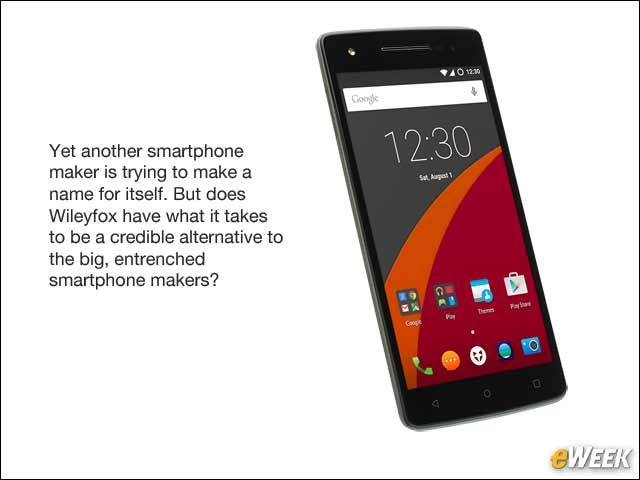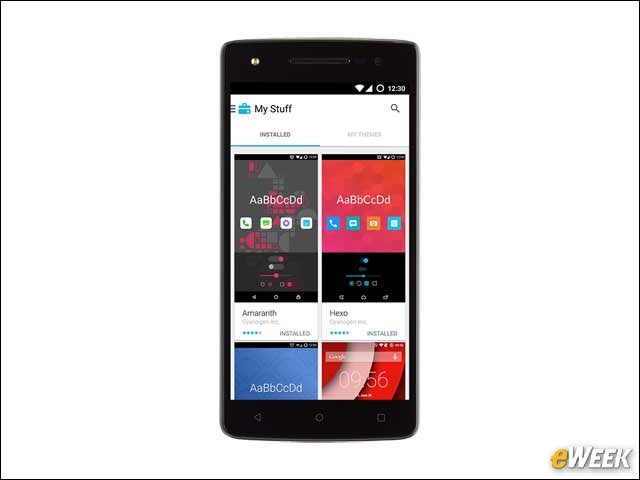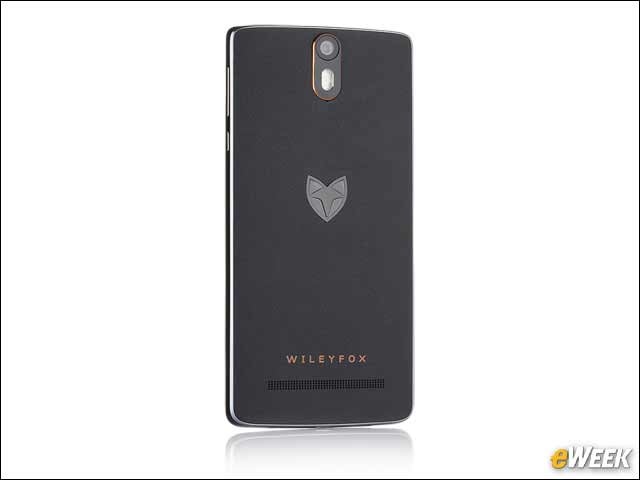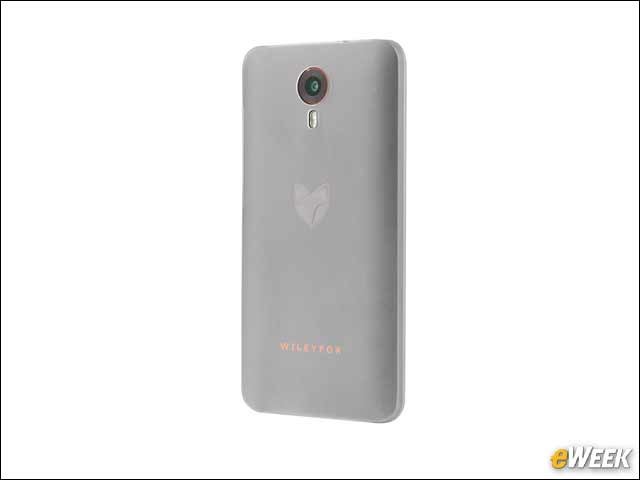eWEEK content and product recommendations are editorially independent. We may make money when you click on links to our partners. Learn More.
1How Wileyfox Intends to Carve Out a Smartphone Market Niche
2What Is the Wileyfox Mission?
Those who haven’t heard of before Wileyfox may wonder what the company is all about. Wileyfox says that it’s a change agent in the marketplace—a device maker that wants to provide customers with a credible alternative to Apple and Samsung mobile handsets. Better yet, the company argues, it wants to save customers money on smartphones while providing “unrivaled” customization, privacy and security.
3The Software Experience Starts With Cyanogen
In order for Wileyfox to differentiate itself, the company decided to go with Cyanogen OS, an offshoot of Android, rather than the pure Google option. The decision allows the Wileyfox handsets to come with a slightly different experience than competitors and, perhaps most importantly, gives customers more control over their privacy and security. For instance, Cyanogen OS as built into Wileyfox devices comes with the option to choose what system resources apps can access, as well tools to prevent spam and to turn on user authentication PINs for apps. Cyanogen could be an important selling point for Wileyfox.
4Wileyfox Going to Market With Storm, Swift
Wileyfox will initially ship to the world two handsets named Storm and Swift. The Storm will target the higher end of the market with a faster Qualcomm Snapdragon chipset and a 5.5-inch display. The Swift comes with a lower-end processor, a 5-inch screen and a 13-megapixel rear-facing camera, compared with the Storm’s 20-megapixel lens. Both devices have a similar, but not identical, design.
5There’s OnePlus Flavor Here
Apt comparisons are being made between Wileyfox and OnePlus. Wileyfox is taking a page out of OnePlus’ book by attempting to win customers over with Cyanogen OS, the same Android flavor used in the OnePlus One, but not in the OnePlus 2. In addition, Wileyfox is hoping that a viral marketing campaign similar to the one that benefited OnePlus will ultimately catch buyers’ eyes. It should be interesting to see if its own efforts work as well as those from OnePlus.
6Wileyfox Storm Stretching for the High End
One could be forgiven for believing that Wileyfox isn’t necessarily delivering a true high-end smartphone. After all, while the company is going with a nice Qualcomm Snapdragon chipset in the Storm, there are faster options available. It’s perhaps also worth noting that the Storm launches with 32GB of storage and its display is full-HD, rather than 4K. Its brother, the Swift, is designed for the middle of the market, but one could argue that the Storm is hovering close to the midrange and won’t keep pace with some of the top-tier smartphones available now.
7The Design Looks Awfully Familiar
Although Wileyfox tries to call attention to its handsets’ design, saying that they deliver value and beauty, there isn’t much to differentiate their look from any other handset on the market. The devices have a black front panel with curved edges and a prominent screen, a design that’s awfully similar to other Android-based smartphones on the market. Whereas other vendors have tried to differentiate on design by offering leather back panels—in the case of LG—or metallic accents—in the case of Motorola—Wileyfox’s design looks fairly vanilla.
8Dual-SIM Feature Could Help Sell Units
As a U.K.-based company trying to appeal to customers all over the world, the addition of dual-SIM functionality in Wileyfox’s handsets may be an important selling point. While Europe is on GSM mobile technology, Sprint and Verizon in the U.S. are still reliant upon CDMA. By offering dual-SIM, Wileyfox devices will enable users to travel the world without needing to worry about connecting with different carrier technologies.
9Google Services Keep Wileyfox Close to the Mainstream
Wileyfox may have decided against Google’s Android by opting for Cyanogen, but the company hasn’t strayed too far from Google. In fact, one could argue that Wileyfox is attempting to appeal to the mainstream by offering Google services on Cyanogen. After all, the platform comes with the Google Play marketplace, Gmail, Chrome and other Google services.
10Wileyfox Gets Clever About Extending Battery Life
Wileyfox has come up with a rather interesting way to power its handsets on-the-go. While the devices come with nonremovable batteries, the company is selling a Wileyfox Premium Powerbank that users can bring with them on the road. After plugging their devices into the Powerbank, they can rely on its 10,000mAh built-in battery to deliver extra charge after the 2,500mAh battery in the Storm is depleted. Armed with a Storm and Powerbank, users can essentially get five times the battery life they would typically get with a Storm alone.
11The Pricing Is All About Market Disruption
Wileyfox’s best chance of disrupting the market is by selling its handsets unlocked at low prices. The Wileyfox Storm will retail for 199 pounds (about $308) and the Swift for 129 pounds (about $200) when they launch later this year in the U.K. At those prices, the Wileyfox handsets are at the lower end of the pricing range, while still offering decent features. Wileyfox is hoping that the pricing strategy—which is similar to that from OnePlus—will attract more customers. But it will be interesting to see if cheaper pricing will actually translate to stronger sales. Wileyfox will kick off sales in the U.K. but hasn’t disclosed whether it intends to test the waters in the North American market.










